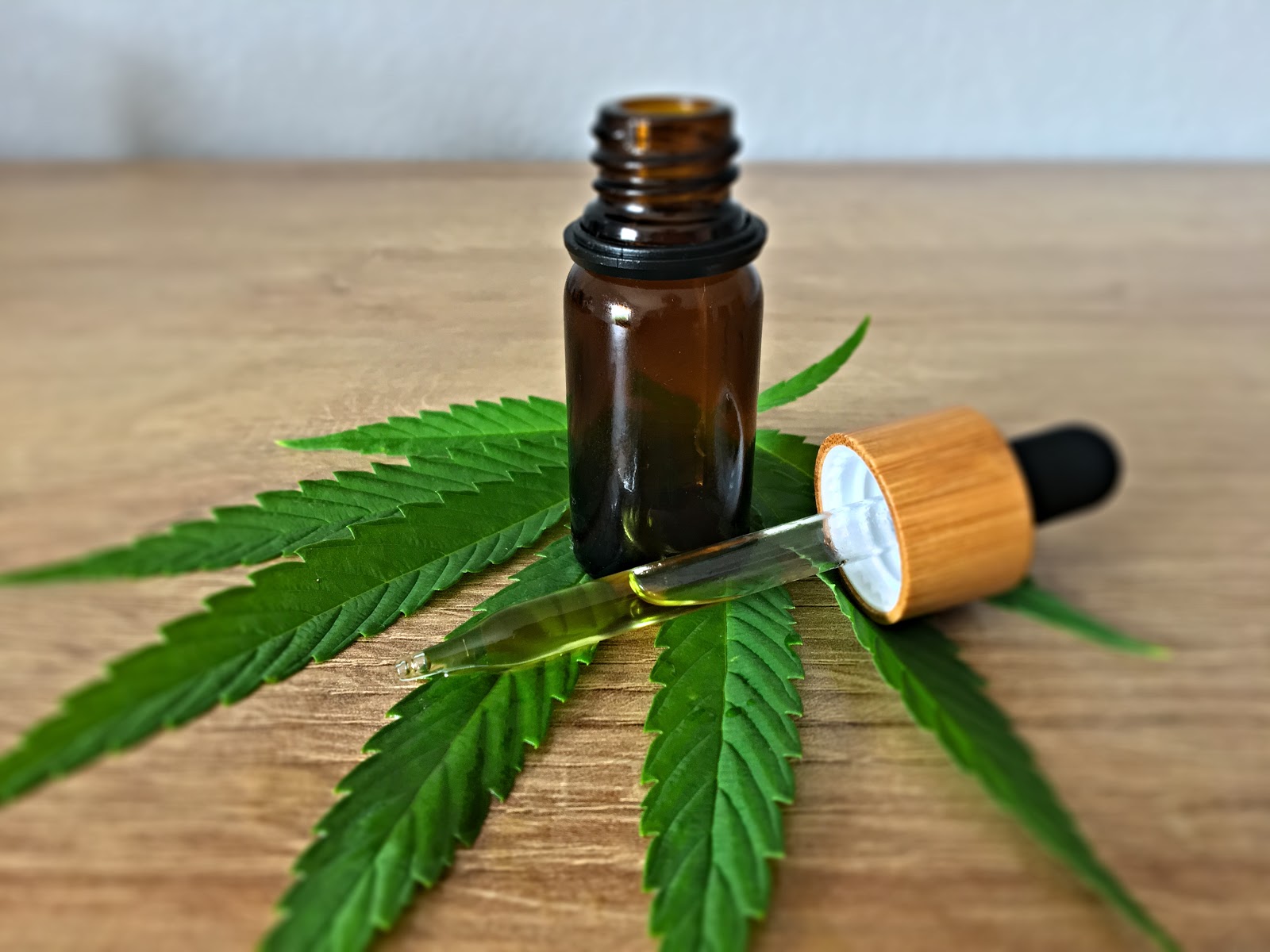CBD for pain research has exploded.
And with the inevitable rescheduling of its severity in the United States, it’s really just the beginning.
But this doesn’t mean there isn’t a lack of science supporting all the miraculous claims. Instead, the hype is built off already strong scientific foundations.
We’re going to detail the most important scientific research when it comes to the efficacy of using CBD for pain, with the hopes of showing you just how promising it is. Regardless of what skeptics say.
And maybe you’re repertoire of solutions for pain and inflammation will be stronger as a result. Particularly when you have a good understanding of the endocannabinoid system (ECS)!
So without further ado, here’s the science of why using CBD for pain can actually work for you.
Note: If you need a reminder of what CBD is, check out this article.
What is the ECS and How Does it Link to Pain?

The ECS is a network of cells throughout our body that have receptors for CBD. These receptors interact directly with CBD! Yes, you read correctly – the human body has its own system for making and processing its own cannabinoids (fatty acids) that interact with the ECS.
And the body is constantly producing its own cannabinoids. Imagine these chemicals as tiny bridges between our body and mind.
Incredible, right?
Cannabinoid receptors are found all throughout the body helping with an enormous array of functions. Most importantly, this system is responsible for maintaining homeostasis in the body. Essentially, it plays a vital role in maintaining good health.
You have CB1 receptors which are abundant in the central nervous system. And there’s also CB2 receptors found on immune cells in the gastrointestinal tract and in the peripheral nervous system.
They help regulate:
- immune function
- inflammation
- pain
- body temperature
- sleep
- appetite, digestion, hunger
- motor control
But unfortunately, when the ECS is disrupted, any one of these things can become out of whack, causing a range of health issues, as we’ll look at next.
Using CBD for Pain and Inflammation Tackles our ECDs
Many doctors believe certain health problems are a result of an endocannabinoid imbalance. This is also called a Clinical Endocannabinoid Deficiency (CED). In other words, the ECS is vital for balancing our system as well as for averting, managing, or treating chronic conditions.
People who suffer from CED can potentially find relief by supplementing with CBD to return their ECS to a more balanced state. CBD helps provide medical relief by returning the body to a natural, healthy standing.
For obvious reasons, larger imbalances would then require elevated levels of CBD to return to a balanced position.
What that means is that high CBD strains would be necessary to produce such effects.
Now that we’ve glanced at the ECS, the following studies explore the use of CBD as a means of treating arthritic pain and inflammation. Among other symptoms.
So, being the dedicated cannabis information providers that we are, we’re here to explain just how high CBD strains can help with your pain and inflammatory issues. We also propose some of our favourite options to choose from.
But first, what is a high cbd strain?
How High CBD Strains Affect Pain and Inflammation: 3 Key Studies
Study 1: elements of marijuana activate joint receptors
The discovery of the ECS and the discovery of two types of cannabinoid receptors has prompted great interest in certain diseases. Namely, treating chronic inflammatory diseases like osteoarthritis and rheumatoid arthritis.
Inflammation and chronic pain are a serious problem for people with rheumatoid arthritis (RA). RA is an autoimmune disorder where your body interprets the soft lining around your joints as a threat, and attacks it, just as it would a virus.
Synovial fibroblast cells are the active drivers and cells destroying the joints. So, there’s been research underway to identify targeted therapies to inhibit the destructiveness of these cells.
Much research is being done on how either stimulating or inhibiting the ECS could have beneficial effects. The cannabinoid type 2 receptors (CB2) have been the subject of considerable focus as they offer promising therapeutic effects for inflammation.
This 2014 study attempted to understand whether CB2 has inhibitory effects on these synovial fibroblast cells destroying the joints.
The results? Researchers found that CB2 receptors are found in high levels in the joint tissue of arthritic patients.
This is noteworthy. By activating the pathways of CB2 receptors, CBD may help fight inflammation and provide relief from pain in the joints.
And in cases of rheumatoid arthritis, some studies show it prevents the immune system from attacking joints.
There’s also a great deal of attention being given to incorporating non-psychotropic cannabinoids into medicinal drugs.
That way patients can find relief without getting high!
Study 2: CBD treating arthritis without getting high

At this point in time, THC and CBD are available combined in an oral spray. But the issue is that you still experience psychoactive THC side-effects (depending on the administered dose).
That’s why studies like this next one are so important.
A University of Kentucky study identified CBD as an effective means of treating arthritic pain – minus the psychoactive high!
Specifically, this study examined the effectiveness of transdermal CBD to reduce inflammation. Meaning medication delivered through the skin in a non-invasive way, instead of through injectable or oral routes.
The powerful results indicate that CBD topical gel is a safe treatment for both lowering inflammation and relieving pain.
Instead of smoking the herb, patients apply CBD topically to decrease inflammation and as a result, reduce their pain.
Study 3: CBD could prevent nerve damage
For patients who use CBD early in the progression of their prognosis, another study found that CBD can actually prevent nerve damage.
The data presented here indicates that local administration of CBD blocked osteoarthritic pain. Prophylactic CBD treatment prevented the later development of pain and nerve damage in these joints.
6.2 mg/day dose of CBD reduced swelling and inflammation in the knee joints of rats. But, doses higher than 62.3 mg/day didn’t appear to show additional improvement.
What can we take from this?
Higher CBD strains are better up to a certain point for topical applications.
So, we’ve dived into the many amazing benefits of CBD, and you’re probably eager to test it out yourself.
That’s why we’ve removed the guesswork and found some recommended strains for different purposes below.
Can CBD Help With Your Condition? Visit Our Store For CBD Isolate, Tinctures and Topicals
Final Thoughts on CBD for Pain
Clearly from these studies above, we can jot down a few important takeaways.
Firstly, medicinal cannabis can help reduce pain in patients with certain conditions. Improving knowledge of the cell receptors within the synovium will help scientists better understand joint pathology. This matters for diseases like osteoarthritis and RA.
Secondly, CBD has the potential to relieve pain without psychoactive effects. Although the THC and CBD components can both affect patients and reduce pain, medical pain can be reduced by CBD alone.
Finally, the higher the CBD strain, the more medical relief it can provide you. Higher strains mean the plant from which the CBD is derived has a higher amount of CBD chemicals in comparison to THC compounds.
All 3 studies provide good evidence for putting CBD forward as a candidate for helping relieve arthritic symptoms.
As we have a better understanding of the ECS system, researchers can accumulate more evidence around a system that connects brain activity and physical health and disease.
If experimenting with CBD strains is something that interests you, hopefully these strains give you the relief you’re looking for!

